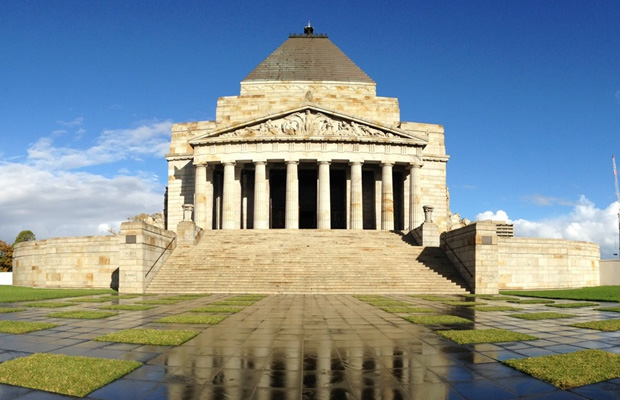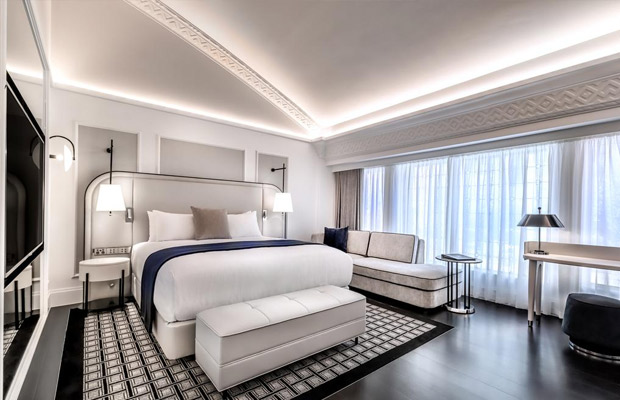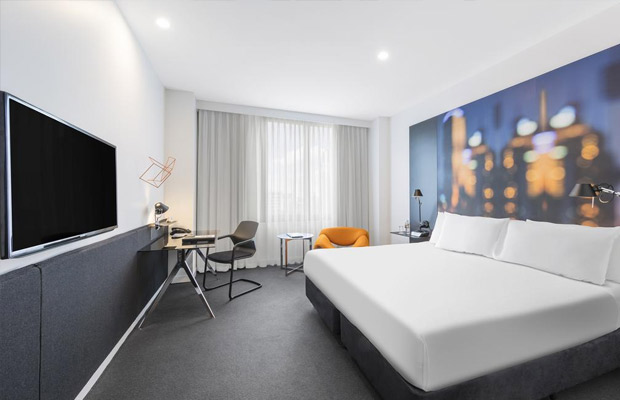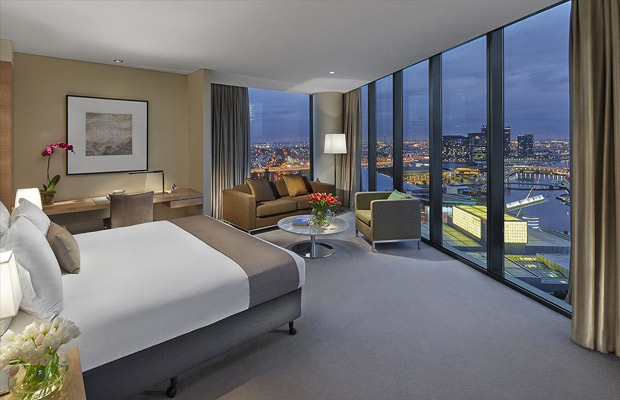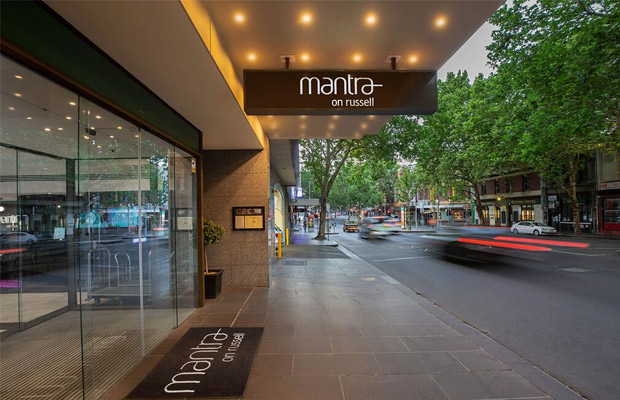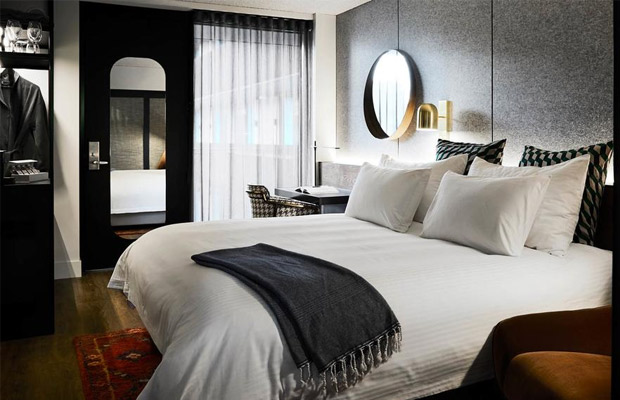Shrine of Remembrance
Shrine of Remembrance
Australia
Melbourne
Melbourne Travel Guide
Book Tour & Activities
Your tour in Melbourne.
Book your stay
Your hotel in Melbourne.
Overview
The Shrine of Remembrance is a war memorial in Melbourne, Victoria, Australia, located in Kings Domain on St Kilda Road. It was built to honour the men and women of Victoria who served in World War I, but now functions as a memorial to all Australians who have served in any war.
It is a site of annual observances for ANZAC Day and Remembrance Day, and is one of the largest war memorials in Australia. Designed by architects Phillip Hudson and James Wardrop, both World War I veterans, the Shrine is in classical style, based on the Tomb of Mausolus at Halicarnassus and the Parthenon in Athens, Greece. The crowning element at the top of the ziggurat roof references the Choragic Monument of Lysicrates. Built from Tynong granite, the Shrine originally consisted only of the central sanctuary surrounded by the ambulatory. The sanctuary contains the marble Stone of Remembrance, upon which is engraved the words "Greater love hath no man"; once per year, on 11 November at 11 a.m., a ray of sunlight shines through an aperture in the roof to light up the word "Love" in the inscription.
History
Conception: 1918–1922
A war memorial in Melbourne was proposed as soon as the war ended in November 1918.[7] In the early 1920s the Victorian state government appointed the War Memorials Advisory Committee, chaired by Sir Baldwin Spencer, which recommended an "arch of victory" over St Kilda Road,[5] the major boulevard leading out of the city of Melbourne to the south. In August 1921 an executive committee was formed, with the former commander of the Australian forces in the war, General Sir John Monash, as its driving force. The committee soon abandoned the idea of an arch and proposed a large monumental memorial to the east of St Kilda Road,[8] a position which would make it clearly visible from the centre of the city.[9] A competition was launched in March 1922 to find a design for the new memorial, open both to British subjects residing in Australia and any Australian citizens who were residing overseas. A total of 83 entries were submitted,[8] and in December 1923 the design offered by two Melbourne architects (and war veterans), Phillip Hudson and James Wardrop, was announced as the winner.
Opposition and response: 1922–1927
The winning design had a number of supporters, including publications such as The Age and George Taylor's Sydney-based trade journal, Building, prominent citizens including artist Norman Lindsay and University of Sydney Dean of Architecture, Leslie Wilkinson,[11] and the Royal Australian Institute of Architects (who had been heavily involved in the competition).[12] Nevertheless, the design was also fiercely criticised in some quarters—especially by Keith Murdoch's Herald, Murdoch reportedly describing the Shrine as "too severe, stiff and heavy, that there is no grace or beauty about it and that it is a tomb of gloom"[13]—on the grounds of its grandiosity, its severity of design and its expense. As part of the campaign against the Shrine proposal, the Herald searched for alternative concepts, arguing that the funds could be better spent on more practical projects such as a hospital or a war widows' home.[14] Furthermore, some Christian churches also attacked the design as pagan for having no cross or other Christian element.
The new Victorian Labor government of 1924, under George Prendergast, supported the Herald's view, and pushed for a memorial hospital instead of the Shrine. When the Labor government was replaced with John Allan's Country/National coalition, the plan changed once again, leaning towards the earlier suggestion of an arch of victory to be built over St. Kilda Road. As a result of the debate, significant delays postponed the construction of the new memorial, so a temporary wood-and-plaster cenotaph was raised for the 1926 ANZAC Day march. The success of the temporary cenotaph led the Victorian government to abandon the earlier project in 1926, and propose instead to build a permanent cenotaph in a large "ANZAC Square" at the top of Bourke St in front of Parliament House.[15] While this would have involved demolishing the Windsor Hotel, one of Melbourne's favourite hotels,[16] the new plan won the support of the Herald, the Returned Soldiers League (RSL) and the Melbourne City Council.
Nevertheless, both Monash and Legacy still supported the Shrine. After a vote in favour of the Shrine by their executive council, Legacy started a public relations campaign, gaining the support of much of the media—although the council, state government and the Herald continued to oppose.[17] In 1927, with the then Duke of York, Prince Albert, visiting the country, Monash spoke on the eve of ANZAC Day at the RSL dinner, arguing for the Shrine. The audience had been seeded with supporters, who provided a standing ovation at the conclusion of his speech, which helped to produce a groundswell of support. When a vote was called for, the majority voted in favour of the Shrine proposal.[18] The next day, with Monash leading 30,000 veterans in the 1927 ANZAC Day march, and with the new support of the RSL, The Age, and the Argus, the Shrine proposal had gained "new momentum".[19] Faced with such support, and with Monash's arguments that the ANZAC Square would be prohibitively expensive, Edmond Hogan's new Labor government decided in favour of the Shrine.
Another early point of contention (although not explicitly related to the nature of the memorial) concerned the possibility of incorporating a "Tomb of the Unknown Soldier" into the memorial—an approach that was championed by the St. Kilda RSL, who revealed plans to bury a soldier from either Gallipoli or France on ANZAC Day, 25 April 1922. This proposal received considerable debate, and was countered by the argument that the Unknown Warrior in Westminster Abbey represented all of the dead of the British Empire. Monash was on the side of those against such a burial, as while he could see a place for an Unknown Soldier in a national memorial, he did not feel that it would be suitable at the Victorian Shrine. The Stone of Remembrance was later placed in the position where an Unknown Soldier might have been laid.[23] An Australian Unknown Soldier was eventually interred at the Australian War Memorial by Prime Minister Paul Keating on 11 November 1993.
Located in: Kings Domain
Address: Birdwood Ave, Melbourne VIC 3001, Australia
Hours: Open ⋅ Closes 5PM
Architects: James Wardrop, Phillip Hudson, Charles Sargeant Jagger
Video Travel Inspiration
See Shrine of Remembrance on Map
Most Popular Cities

Siem Reap
Cambodia
Ho Chi Minh City
Vietnam
Beijing
China
Paris
France
London
United Kingdom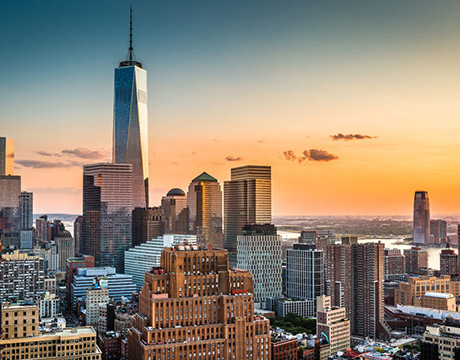
New York
USA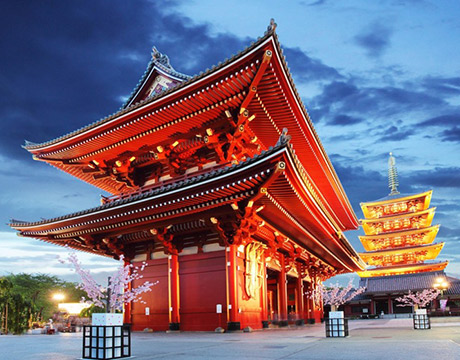
Tokyo
Japan
Bangkok
Thailand
Seoul
South Korea
Vientiane
Laos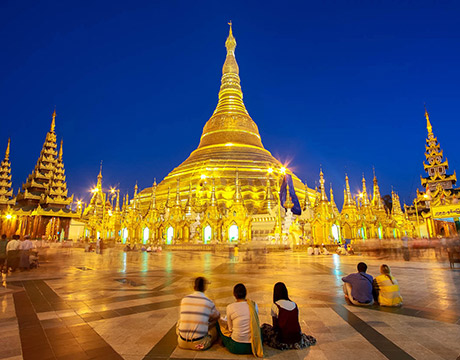
Yangon
Myanmar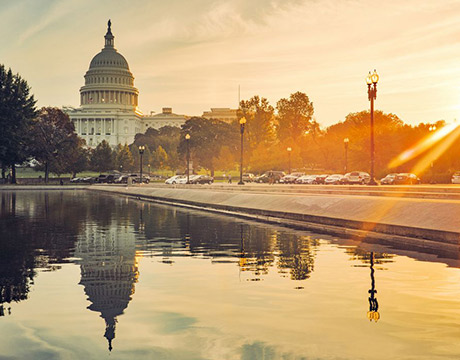
Washington DC
USA
Los Angeles
USA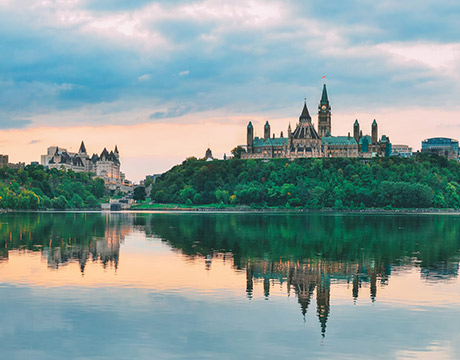
Ottawa
Canada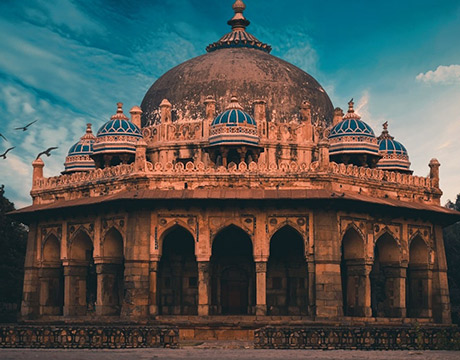
New Delhi
India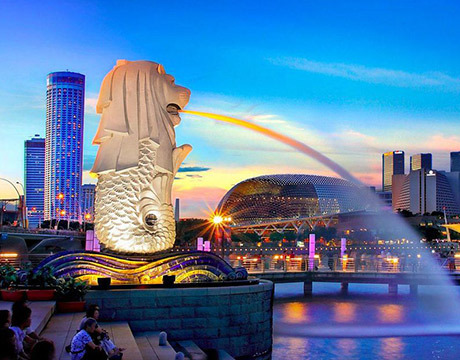
Singapore
Singapore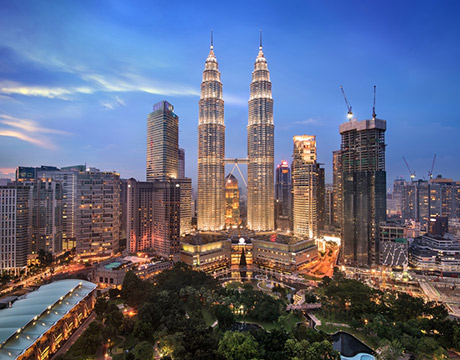
Kuala Lumpur
Malaysia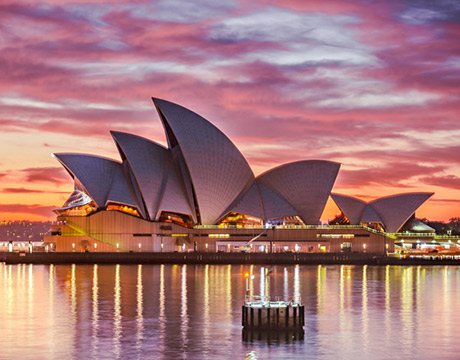
 English
English French
French Khmer
Khmer Thai
Thai Vietnamese
Vietnamese Chinese
Chinese Korean
Korean German
German Japanese
Japanese Italian
Italian Russian
Russian Spanish
Spanish Dutch
Dutch Indonesian
Indonesian Malay
Malay
